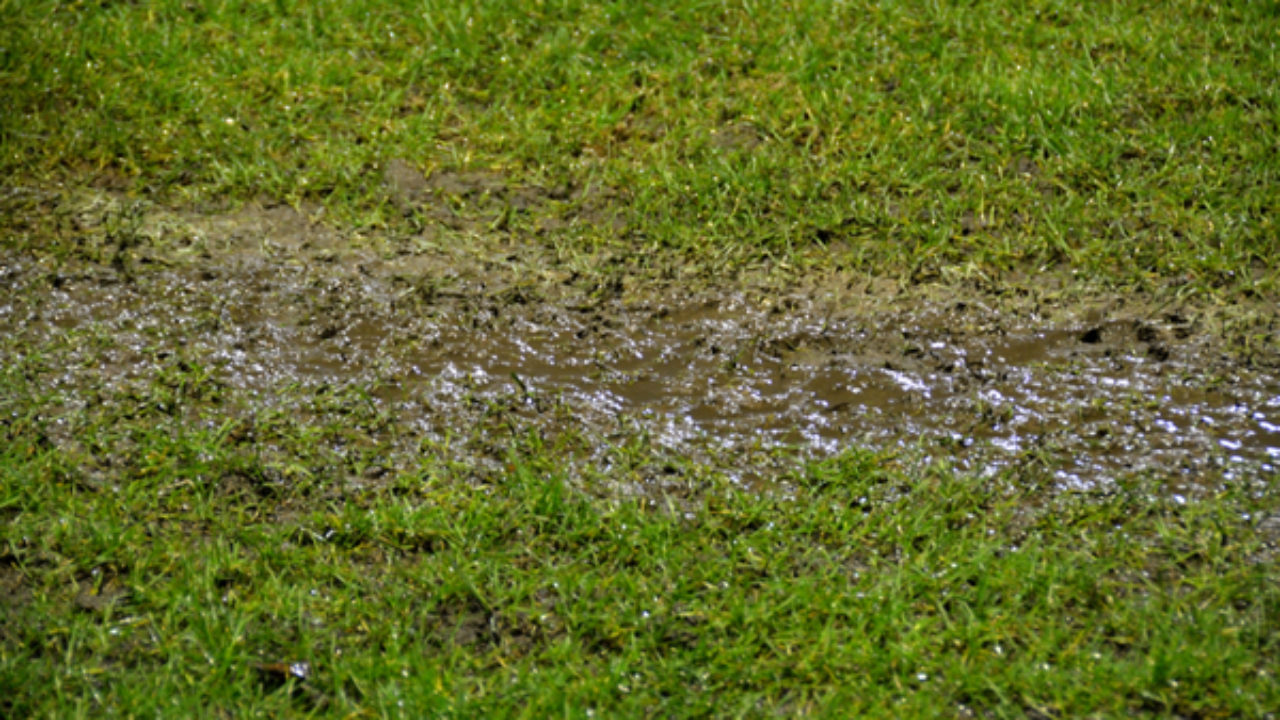Detect Invisible Water Line Leaks: Six Effective Tricks
Detect Invisible Water Line Leaks: Six Effective Tricks
Blog Article
We have found this article involving Hacks to detect leaks directly below on the net and decided it made good sense to relate it with you on this site.

Early detection of dripping water lines can minimize a possible disaster. Some tiny water leakages may not be noticeable.
1. Take A Look At the Water Meter
Every house has a water meter. Examining it is a guaranteed way that aids you uncover leakages. For starters, switch off all the water sources. Guarantee no person will flush, use the faucet, shower, run the washing device or dishwashing machine. From there, most likely to the meter and also watch if it will change. Because nobody is utilizing it, there ought to be no movements. That suggests a fast-moving leakage if it moves. Furthermore, if you discover no changes, wait an hour or more as well as examine back once again. This means you may have a slow leakage that can also be underground.
2. Examine Water Intake
Assess your water costs as well as track your water intake. As the one paying it, you should observe if there are any inconsistencies. If you spot sudden changes, in spite of your consumption being the same, it implies that you have leaks in your plumbing system. Keep in mind, your water expense must drop under the exact same variety on a monthly basis. An abrupt spike in your costs shows a fast-moving leakage.
A consistent increase every month, even with the very same habits, reveals you have a sluggish leakage that's additionally gradually intensifying. Call a plumber to extensively check your property, specifically if you really feel a cozy location on your flooring with piping beneath.
3. Do a Food Coloring Examination
When it concerns water usage, 30% originates from toilets. Test to see if they are running effectively. Decrease flecks of food color in the storage tank and also wait 10 minutes. If the color in some way infiltrates your dish during that time without flushing, there's a leakage between the storage tank and also bowl.
4. Asses Exterior Lines
Do not fail to remember to check your exterior water lines as well. Should water permeate out of the connection, you have a loosened rubber gasket. One small leakage can lose lots of water and also surge your water costs.
5. Check and also Evaluate the Scenario
Homeowners need to make it a habit to inspect under the sink counters and also also inside cupboards for any type of bad odor or mold and mildew development. These two warnings suggest a leak so punctual interest is needed. Doing routine assessments, also bi-annually, can conserve you from a significant trouble.
Check for stainings and damaging as many devices and also pipelines have a life expectations. If you suspect leaking water lines in your plumbing system, don't wait for it to escalate.
Early discovery of dripping water lines can minimize a possible calamity. Some small water leaks may not be noticeable. Examining it is a guaranteed method that helps you uncover leakages. One small leak can waste loads of water as well as increase your water expense.
If you think leaking water lines in your plumbing system, do not wait for it to rise.
WARNING SIGNS OF WATER LEAKAGE BEHIND THE WALL
PERSISTENT MUSTY ODORS
As water slowly drips from a leaky pipe inside the wall, flooring and sheetrock stay damp and develop an odor similar to wet cardboard. It generates a musty smell that can help you find hidden leaks.
MOLD IN UNUSUAL AREAS
Mold usually grows in wet areas like kitchens, baths and laundry rooms. If you spot the stuff on walls or baseboards in other rooms of the house, it’s a good indicator of undetected water leaks.
STAINS THAT GROW
When mold thrives around a leaky pipe, it sometimes takes hold on the inside surface of the affected wall. A growing stain on otherwise clean sheetrock is often your sign of a hidden plumbing problem.
PEELING OR BUBBLING WALLPAPER / PAINT
This clue is easy to miss in rooms that don’t get much use. When you see wallpaper separating along seams or paint bubbling or flaking off the wall, blame sheetrock that stays wet because of an undetected leak.
BUCKLED CEILINGS AND STAINED FLOORS
If ceilings or floors in bathrooms, kitchens or laundry areas develop structural problems, don’t rule out constant damp inside the walls. Wet sheetrock can affect adjacent framing, flooring and ceilings.
https://www.servicemasterbyzaba.com/blog/how-to-detect-water-leakage-in-walls/

As a person who reads on Locating water leaks, I was thinking sharing that piece of writing was smart. Sharing is caring. You won't know, you will be helping someone out. We cherish reading our article about Locating water leaks.
Get answers now! Report this page